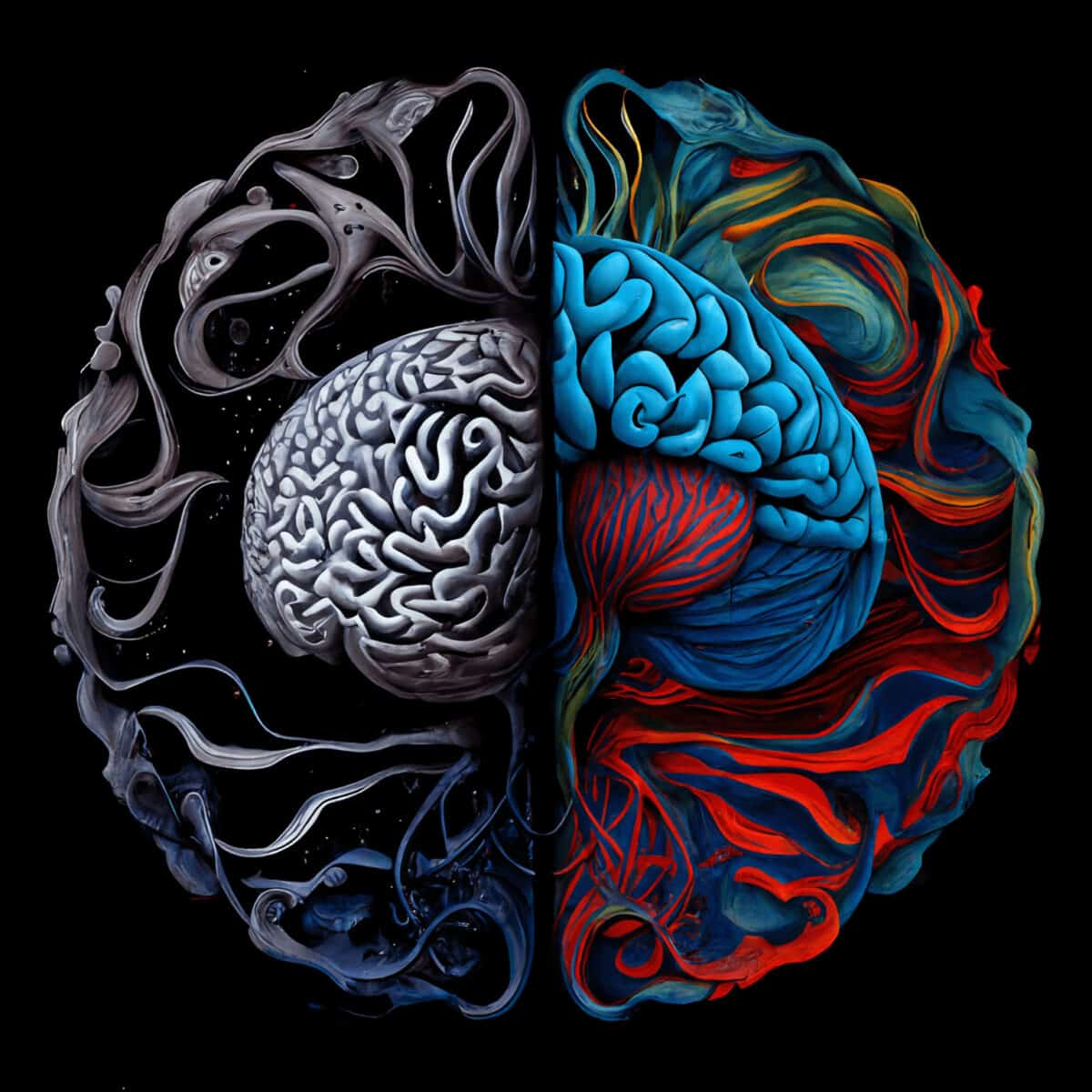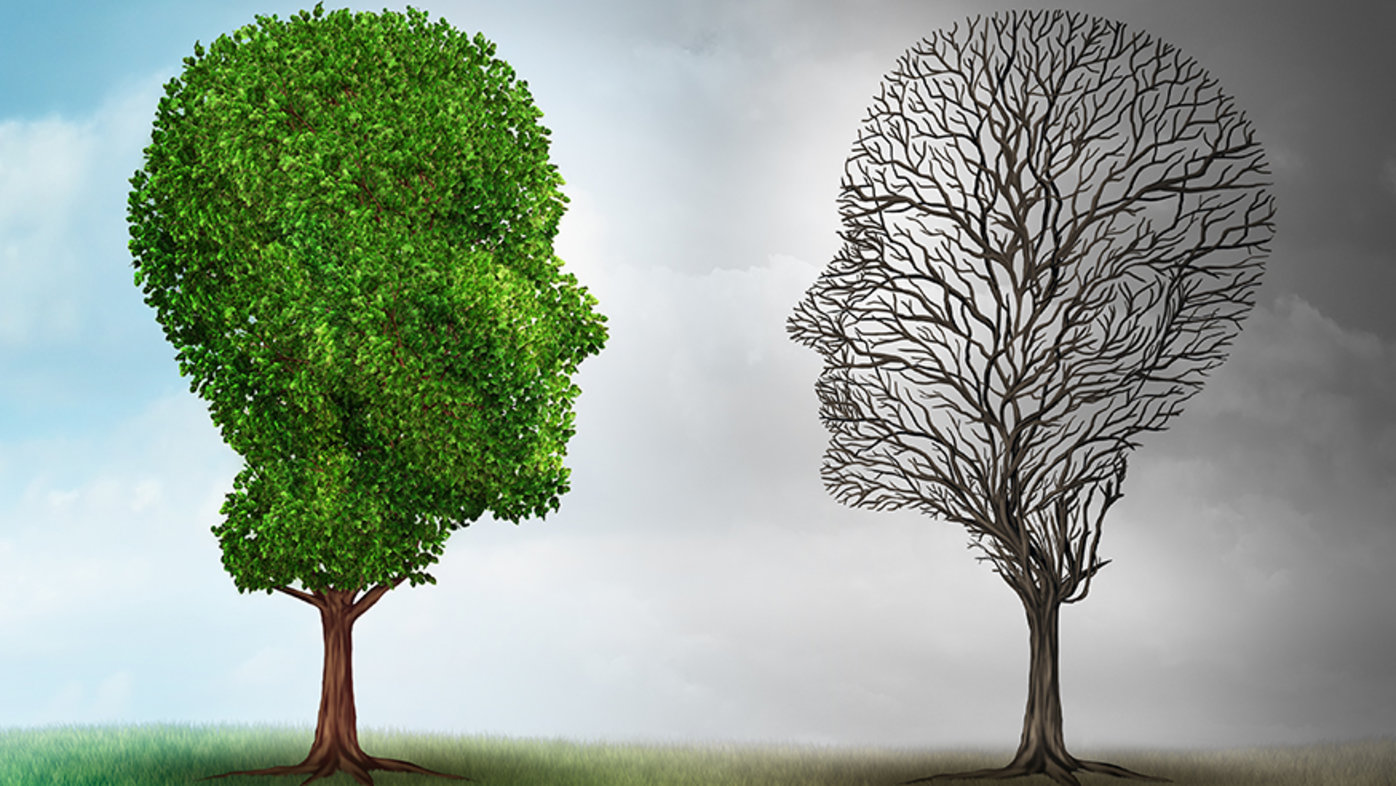Understanding Bipolar Disorder: Symptoms, Causes, and Treatment
 |
Bipolar Disorder: Symptoms, Causes, and Treatment |
Bipolar disorder is a mental health condition characterized by extreme mood swings that include emotional highs, known as mania or hypomania, and lows, referred to as depression. These shifts in mood, energy, and activity levels can make it difficult for individuals with bipolar disorder to maintain stable relationships, perform well at work, or manage daily tasks. Despite its challenges, bipolar disorder is treatable, and with proper care, individuals can lead productive and fulfilling lives.
This blog will explore the different types of bipolar disorder, its causes, symptoms, and treatment options.
Types of Bipolar Disorder
There are three main types of bipolar disorder, each with unique patterns of mood changes.
Bipolar I Disorder: Bipolar I involves periods of full-blown mania followed by episodes of major depression. During a manic episode, individuals may feel overly energetic, euphoric, or irritable, often leading to risky behaviors, poor decision-making, or the need for hospitalization. These episodes last at least seven days or are severe enough to require immediate medical attention. The depressive episodes last for at least two weeks.
Bipolar II Disorder: Bipolar II involves less severe manic episodes, called hypomania, along with major depressive episodes. Individuals with bipolar II experience mood swings, but their hypomanic episodes are not as intense as the manic episodes seen in bipolar I. The depressive episodes in bipolar II, however, can be just as debilitating.

Bipolar Disorder: Symptoms, Causes, and Treatment
Cyclothymic Disorder (Cyclothymia): This is a milder form of bipolar disorder in which individuals experience chronic mood fluctuations, including hypomania and mild depressive episodes. The mood swings in cyclothymia are less severe than those in bipolar I or II, but they still interfere with daily functioning. To be diagnosed with cyclothymia, these mood swings must persist for at least two years (or one year in children and adolescents).
Causes of Bipolar Disorder
 |
Bipolar Disorder: Symptoms, Causes, and Treatment |
Genetics: Bipolar disorder tends to run in families, indicating that genetics play a significant role. Individuals with a parent or sibling who has bipolar disorder are more likely to develop the condition themselves.
Brain Chemistry and Structure: Imbalances in neurotransmitters, the brain's chemical messengers, are thought to contribute to the mood swings in bipolar disorder. Additionally, abnormalities in brain structure and function have been observed in people with the condition, although more research is needed to fully understand these changes.
Environmental Factors: Stressful life events, such as trauma, abuse, or significant life changes, can trigger the onset of bipolar disorder or exacerbate its symptoms. Substance abuse and other mental health disorders, like anxiety or depression, can also increase the risk of developing bipolar disorder.
Symptoms of Bipolar Disorder
 |
Bipolar Disorder: Symptoms, Causes, and Treatment |
The symptoms of bipolar disorder vary depending on whether an individual is experiencing a manic or depressive episode. Each episode brings its own set of emotional, cognitive, and physical challenges.
Manic/Hypomanic Episode Symptoms:
- Elevated mood or euphoria
- Increased energy or hyperactivity
- Decreased need for sleep
- Racing thoughts or rapid speech
- Poor decision-making or engaging in risky behaviors (e.g., excessive spending, substance abuse)
- Irritability or aggression (especially during manic episodes)
Depressive Episode Symptoms:
- Feelings of sadness, hopelessness, or emptiness
- Fatigue or loss of energy
- Difficulty concentrating or making decisions
- Loss of interest in previously enjoyable activities
- Changes in sleep patterns (insomnia or oversleeping)
- Changes in appetite or weight
- Suicidal thoughts or attempts
The duration and intensity of these episodes can vary from person to person. Some individuals may experience long periods of stability between episodes, while others may have frequent mood swings.
Diagnosis and Treatment - Bipolar Disorder
 |
Bipolar Disorder: Symptoms, Causes, and Treatment |
Diagnosing bipolar disorder can be challenging because its symptoms overlap with other mental health conditions, such as major depressive disorder or schizophrenia. A thorough evaluation by a mental health professional, including a detailed history of mood patterns and family background, is essential for an accurate diagnosis.
Treatment for bipolar disorder typically involves a combination of medication, psychotherapy, and lifestyle changes.
Medication: Mood stabilizers, antipsychotic medications, and antidepressants are commonly prescribed to help manage mood swings and prevent relapses. Lithium, a mood stabilizer, is often the first-line treatment for bipolar disorder. However, finding the right medication and dosage may take time, as individuals respond differently to treatments.
Psychotherapy: Cognitive Behavioral Therapy (CBT) and Interpersonal and Social Rhythm Therapy (IPSRT) are often used to help individuals manage their symptoms, develop coping strategies, and improve relationships. Therapy can be particularly helpful for addressing depressive episodes and minimizing the impact of stress.
Lifestyle Changes: Maintaining a routine, getting regular sleep, exercising, and reducing stress can help individuals manage the symptoms of bipolar disorder. Support from family, friends, or a support group can also make a significant difference in managing the condition.
 |
Bipolar Disorder: Symptoms, Causes, and Treatment |
Bipolar disorder is a complex mental health condition that can affect every aspect of a person's life. However, with proper treatment and a strong support system, individuals with bipolar disorder can achieve stability and lead fulfilling lives. Early diagnosis, consistent treatment, and lifestyle adjustments can all play a vital role in managing the disorder and reducing its impact. If you or someone you know is struggling with symptoms of bipolar disorder, reaching out to a healthcare professional for guidance is the first step toward recovery.
Comments
Post a Comment